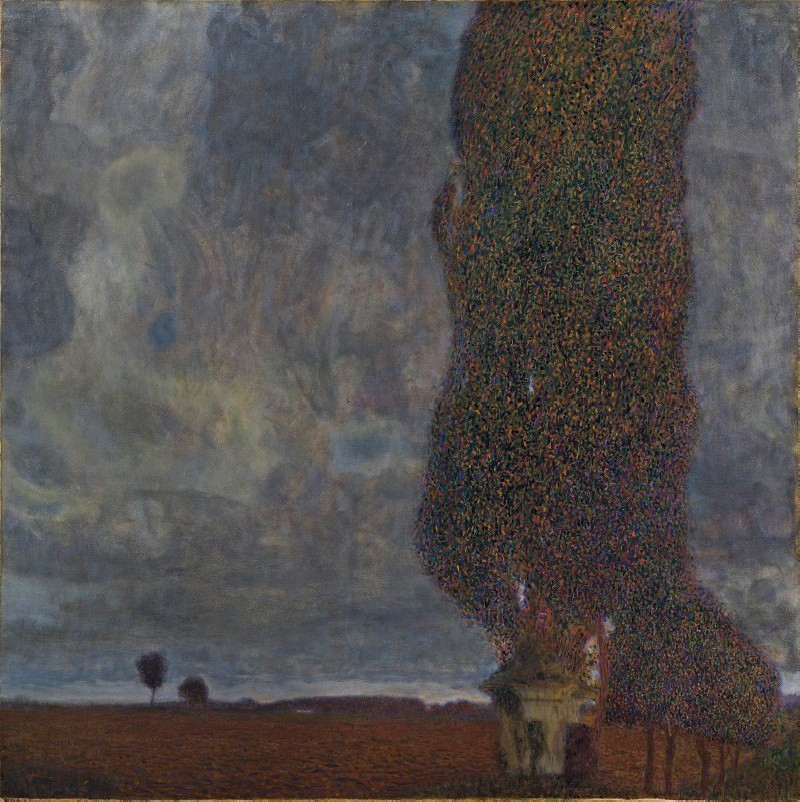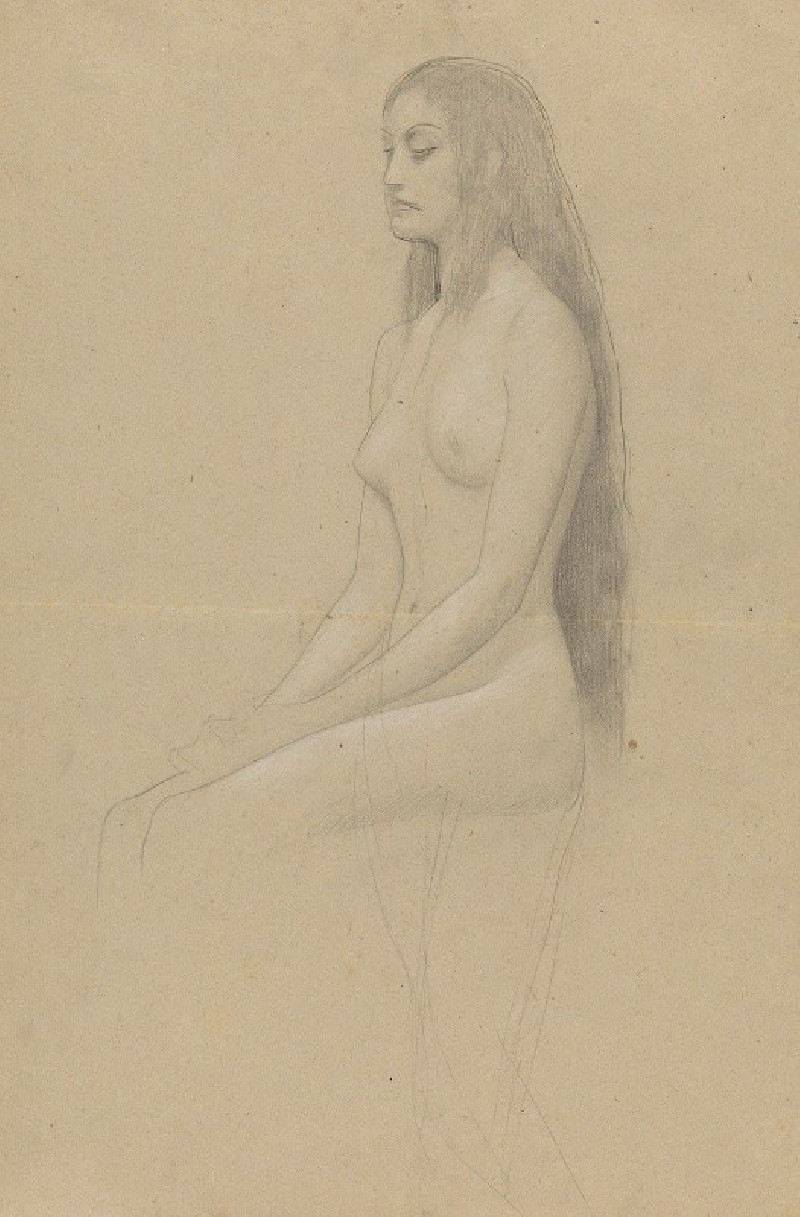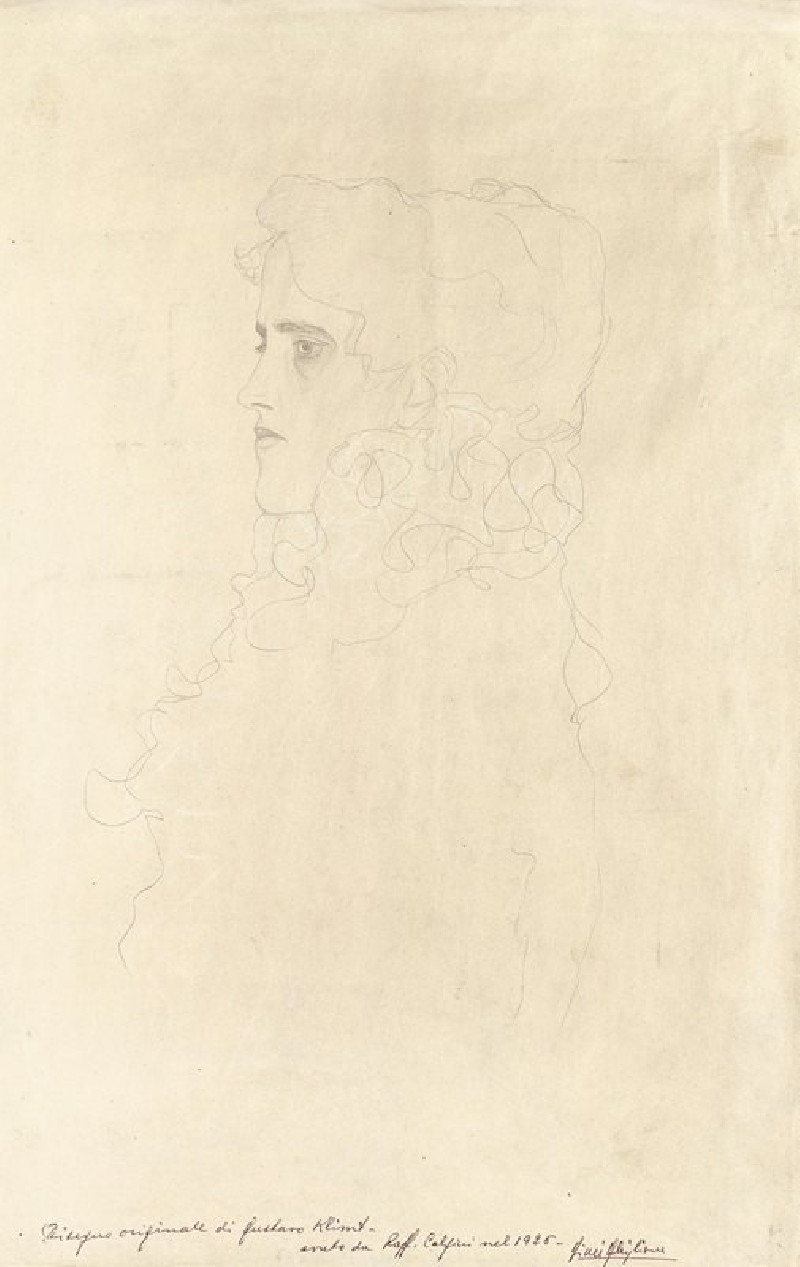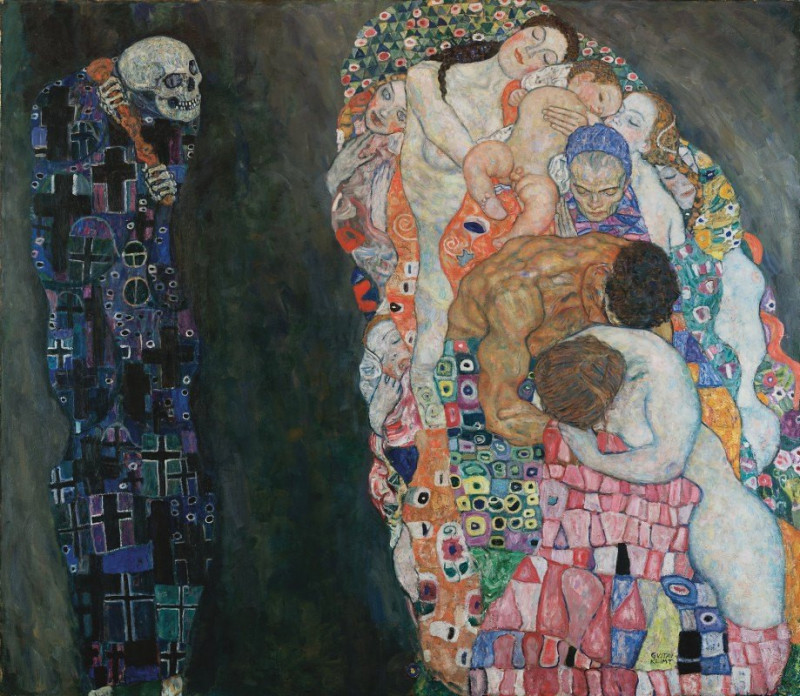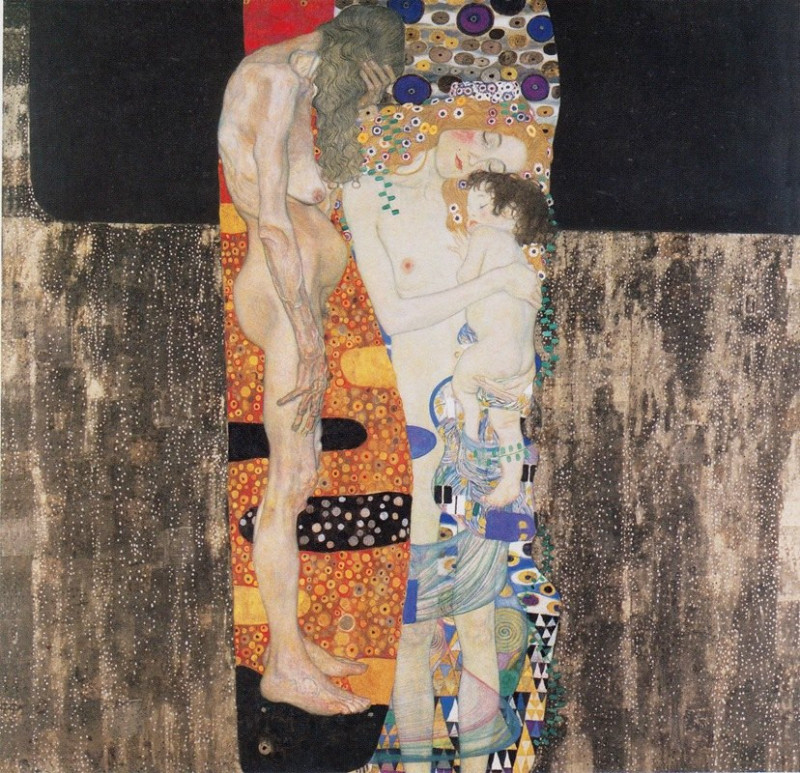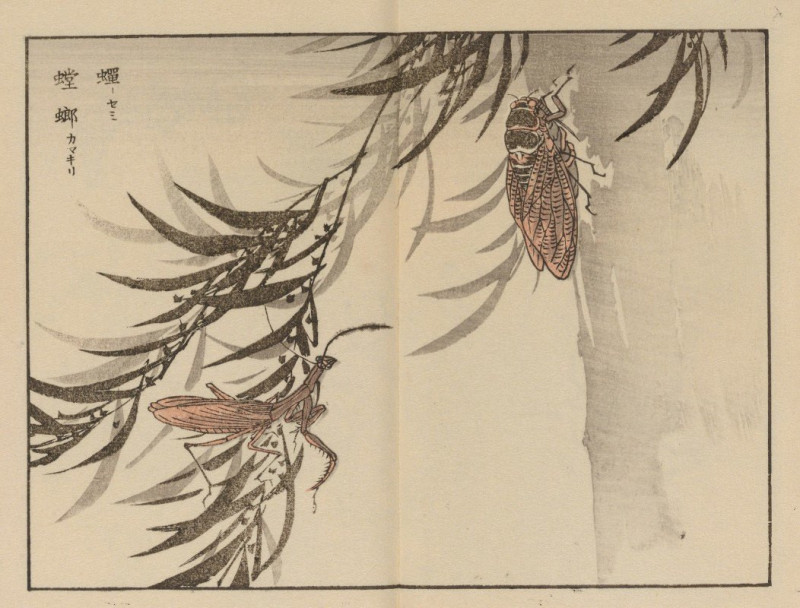Idylle (1884)
Technique: Giclée quality print
Recommended by our customers
More about this artwork
"Idylle," a captivating artwork painted by Gustav Klimt in 1884, invites viewers into a serene and mythologically infused scene. This painting is a masterpiece of early symbolist art, showcasing Klimt's skill before he ventured into his renowned golden phase.At the center of the artwork is a romanticized depiction framed in an ornate oval mirror, focusing on the tender moment shared between a nude woman and two children in a lush, forest-like setting, which could imply themes of motherhood, innocence, and nature's gentle embrace. The woman's gentle interaction with the child, along with softly diffused light, creates a heartwarming central focus.Flanking this central image, two robust male figures, sculpted with impeccable attention to anatomy and musculature, anchor the composition. These figures, possibly representing the timeless ideals of masculine beauty and strength, add a classical balance to the intimate and soft central scene.The intricate border of the painting, rich with floral motifs and ornamental details, further enhances the sense of an idyllic paradise, secluded from the harshness of the outside world. The contrasting elements of human strength and delicate intimacy in "Idylle" exemplify Klimt's fascination with human emotions and classical beauty.This painting not only displays Klimt’s technical prowess but also offers a glimpse into the themes that would later dominate his artistic journey—love, beauty, and the transcendent experience of the sublime amidst the natural world.
Delivery
Returns
Gustav Klimt (1862–1918) was one of the greatest Austrian symbolist painters of the Art Nouveau era. Renowned as one of the most prominent founding members, and as a president of the Vienna Art Nouveau movement (Vienna Secession). His works were mainly paintings, murals, and sketches. Marked by his numerous erotic drawings, Klimt's primary subject were female figures, and at one point his work was even criticized as pornographic. Klimt found financial success in his "Golden Phase" with decorative techniques and the prominent use of gold leaf in his paintings.














